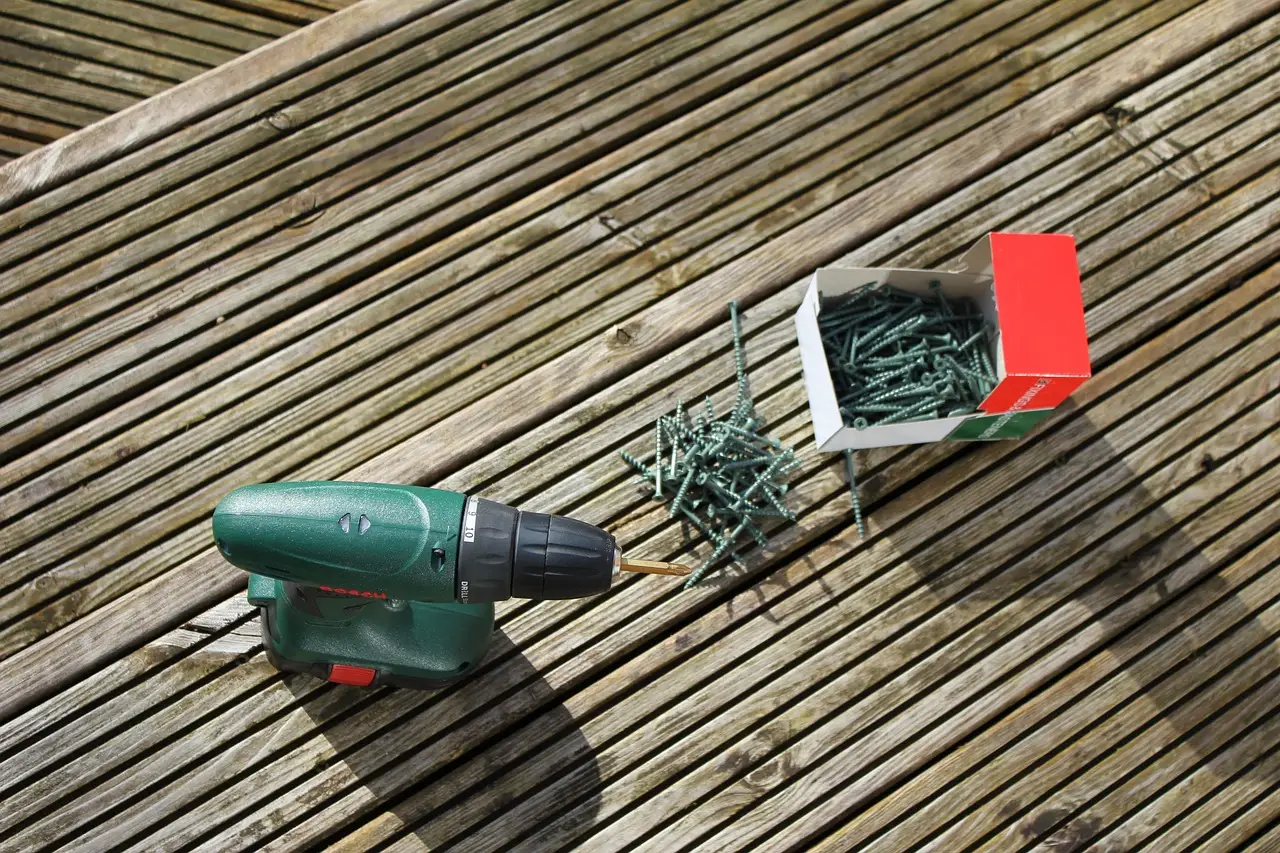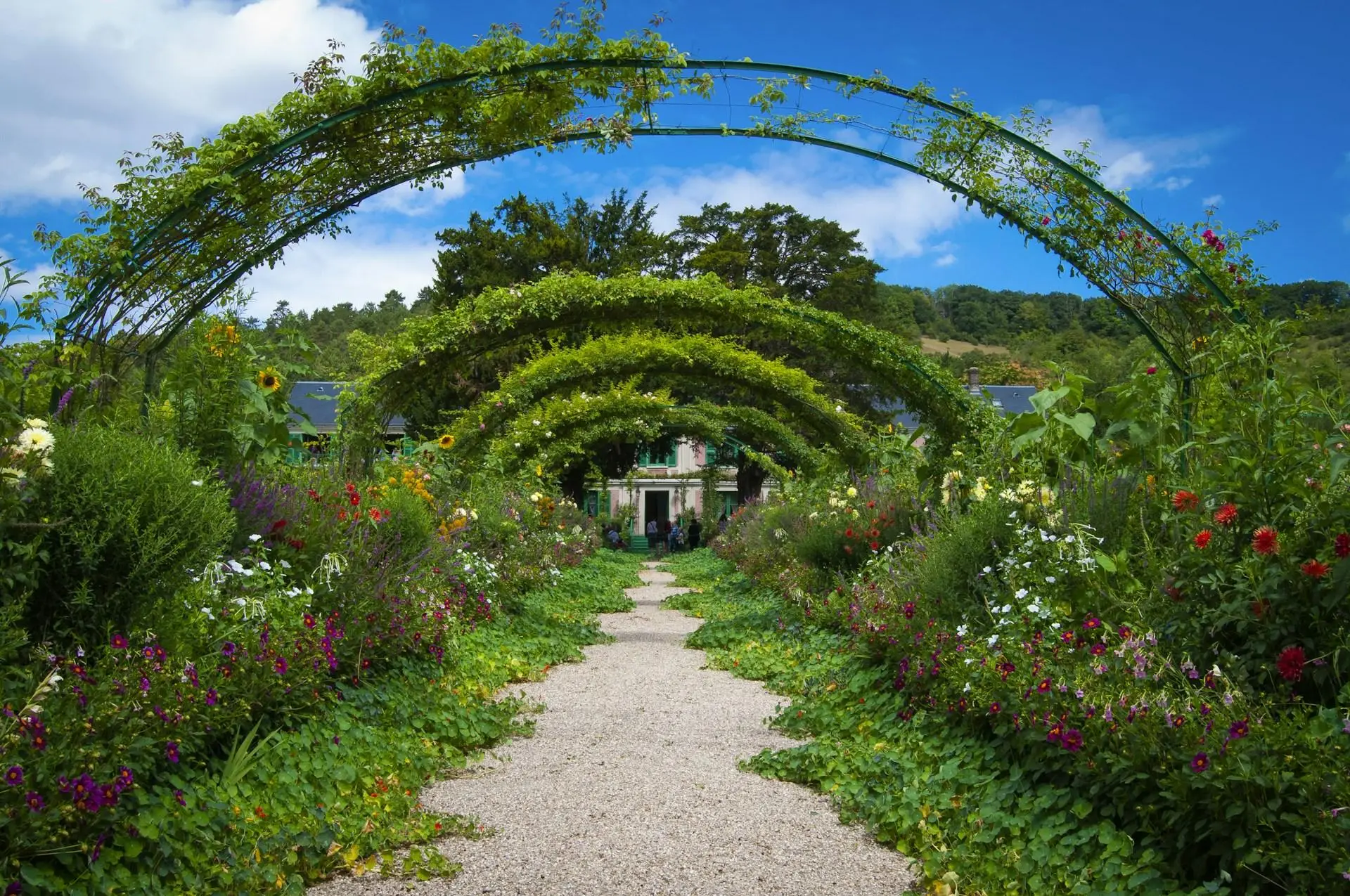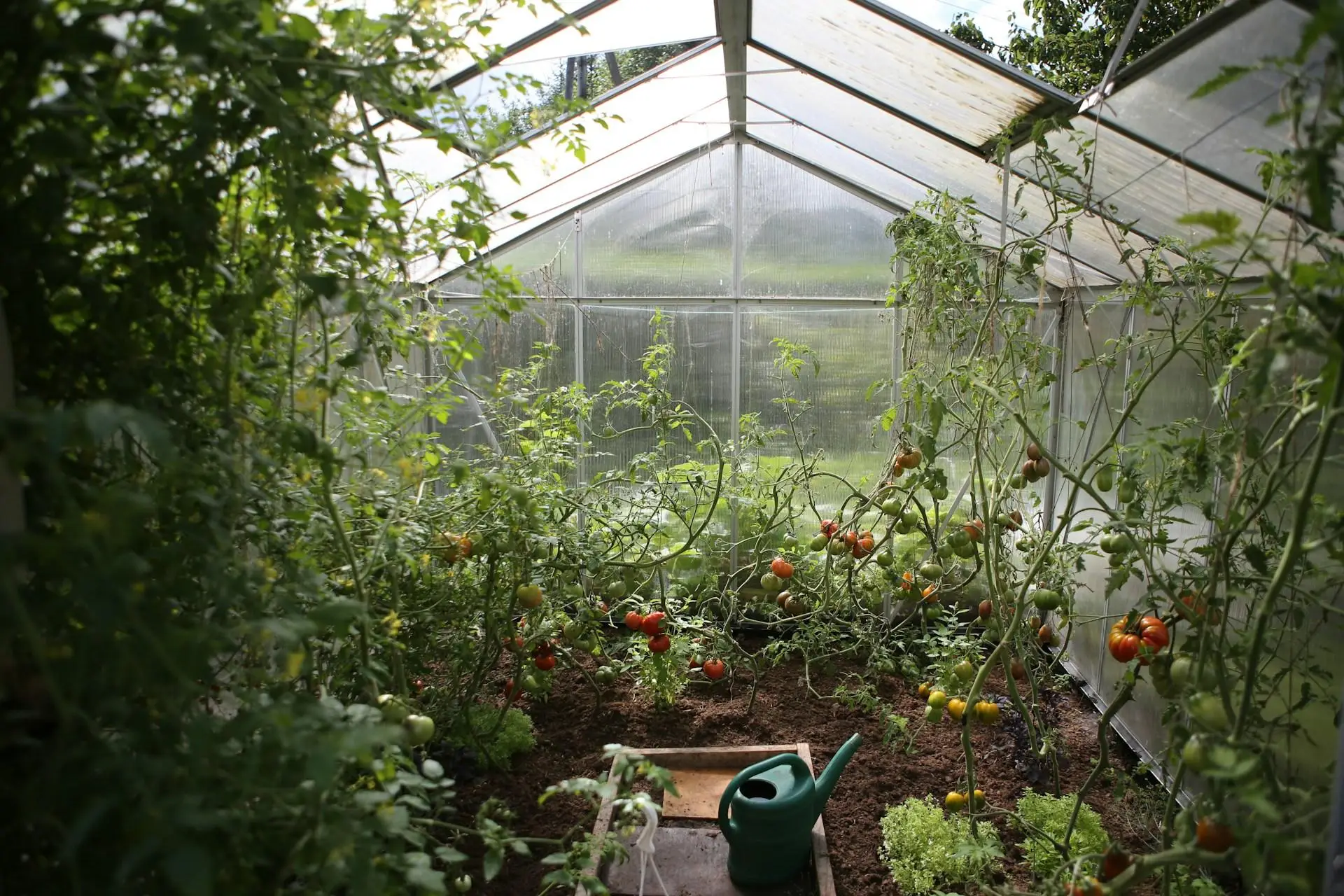Creating a Harmonious Outdoor Dining Space Integrated with Nature
Designing an outdoor dining area that blends seamlessly with the natural environment is a trend that resonates with many homeowners looking to maximize their living spaces and enjoy al fresco dining. Beyond aesthetics, a well-crafted outdoor dining area enhances the connection with nature, forging a relaxing atmosphere where family and friends can gather. This article aims to offer practical ideas and tips under the theme of “Garden & Patio Ideas,” highlighting how to create a dining space that not only complements your home but also harmonizes with the surrounding outdoor ambiance.
I. Understanding the Essence of Outdoor Dining Areas
An outdoor dining area is more than just a meal space; it’s a sanctuary that encourages relaxation and socialization in nature's embrace. These spaces are significant for various reasons—they provide a refreshing retreat from indoor settings and offer the opportunity to enjoy beautiful weather and scenic views. Aesthetics play a crucial role in outdoor design, as they impact not just the visual appeal but also the atmosphere of the space. Establishing a connection with nature can reduce stress, boost mood, and enhance the overall dining experience.
II. Choosing the Perfect Location for Your Dining Retreat
When planning an outdoor dining area, location is paramount. Begin by assessing your landscape:
- Proximity to Natural Features: Ideally, the dining area should be situated near gardens, trees, or water features to create a cohesive, natural look.
- Sunlight and Shade: Consider the sun’s trajectory—sunlight exposure can enhance the dining experience, while shade is essential for comfort in hotter months.
Accessibility is another crucial factor:
- Proximity to the Kitchen: A location close to the kitchen streamlines food service, making dining al fresco more convenient.
- Pathways and Traffic Flow: Design pathways that encourage smooth traffic flow, ensuring guests can move easily between spaces without obstruction.
III. Selecting Materials that Harmonize with Nature
The materials chosen for furniture and structures greatly influence how well an outdoor dining area blends with its natural surroundings.
Natural and Eco-Friendly Choices
- Natural Woods: Opt for durable woods like teak or cedar that not only resist decay but also naturally blend with outdoor environments.
- Stone and Gravel: Incorporating natural stone for patios or pathways creates a rustic charm that resonates with nature.
When considering sustainability, eco-friendly materials add an additional layer of responsibility to your design:
- Recycled Materials: Explore options for using recycled plastic lumber or reclaimed wood.
- Biodegradable Decor: Accessories such as biodegradable planters or compostable tableware can enhance your eco-friendly vision.
Color palettes inspired by nature, using earth tones like greens, browns, and pastels mimicking flowers and foliage, can also enhance the space’s aesthetic appeal.
IV. Incorporating Greenery into the Landscape
An outdoor dining area thrives when surrounded by foliage. An effective strategy is to integrate plants into the space thoughtfully.
Planning for Plant Integration
- Container Gardens vs. In-ground Planting: Container gardens are flexible, allowing for easy rearrangement, while in-ground planting provides a more permanent setting.
- Edible Plants: Incorporating herbs or vegetables not only beautifies the area but also provides fresh ingredients for meals.
Additionally, consider creating vertical gardens:
- Vertical Gardening Benefits: These gardens save space, add greenery, and can become a stunning visual focal point.
- Suitable Plant Choices: Vines like jasmine or creeping thyme can add fragrance and texture, making them perfect for dining areas.
Enhancing Ambiance with Natural Features
Water features like ponds or fountains can create a tranquil setting, while rock gardens or sculptures add unique character and charm to the dining area.
V. Choosing the Right Furniture and Layout
Furniture selection is crucial for outdoor dining areas, where comfort and durability must coexist.
Selection and Flexibility
- Weather-Resistant Materials: Look for furniture made from materials such as aluminum or treated wood that can withstand the elements.
- Comfortable Seating: Invest in cushions that are resistant to fading and moisture to ensure a pleasant dining experience.
For adaptability, consider flexible furniture options:
- Folding Tables and Chairs: These allow for space-saving solutions when the area is not in use.
- Modular Designs: Such designs enable customization based on the number of guests, making them suitable for both intimate dinners and larger gatherings.
When organizing the layout, focus on maximizing interaction with nature:
- Orientation Towards Views: Position tables to face scenic views or gardens, creating an inviting atmosphere.
- Using Natural Barriers: Trees, shrubs, or trellises can create privacy without isolating the dining area from nature.
VI. Utilizing Lighting to Enhance Atmosphere
Lighting plays a critical role in transforming the ambiance of an outdoor dining area.
Emphasizing Natural and Ambient Lighting
- Natural Lighting Considerations: Plan seating arrangements to take advantage of natural light during the day while providing shade with umbrellas or pergolas.
- Ambient Lighting Options: Use solar-powered lanterns or energy-efficient LED lights to create a warm, welcoming atmosphere after dark.
Creating a safety-conscious environment is equally important:
- Ensure paths and steps are well-lit to prevent accidents, and consider integrating lights into steps or railings for added safety.
VII. Embracing Seasonal Adaptability
An outdoor dining space should be functional year-round.
Planning for All Seasons
- Weather-Resistant Furniture: Select durable furnishings made to withstand various weather conditions, ensuring longevity.
- Seasonal Plants and Decor: Rotate decor and plant selections according to seasons to keep the space lively and refreshed.
Heating solutions are essential for colder months:
- Fire Pits and Outdoor Heaters: These can extend the use of the dining space into chillier evenings, providing warmth and a cozy atmosphere.
- Blankets and Rugs: Incorporating soft furnishings adds comfort and encourages relaxation while dining outdoors.
Embracing the Outdoors in Style
Designing an outdoor dining area that harmonizes with nature is an enriching endeavor that benefits both the homeowner and their guests. It allows for creativity in the integration of landscapes, materials, and furnishings. These “Garden & Patio Ideas” encourage exploration and innovation, leading to outdoor spaces that reflect personal style while fostering a profound connection with the natural world.
The enduring joy of gathering with family and friends amidst the beauty of nature creates lasting memories, showcasing the true value of a well-considered outdoor dining environment. Each space is a testament to nature’s beauty, urging homeowners to rethink and enrich their outdoor experiences.










